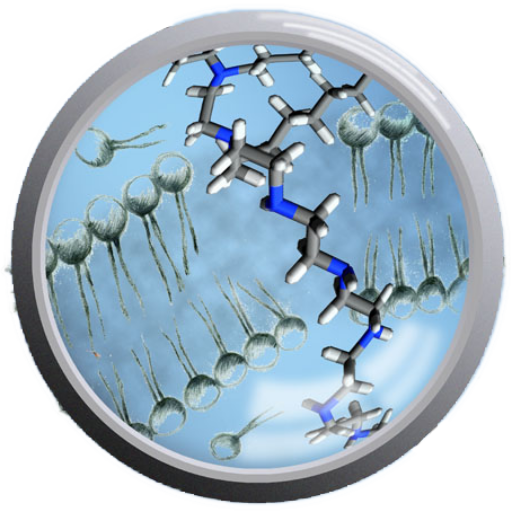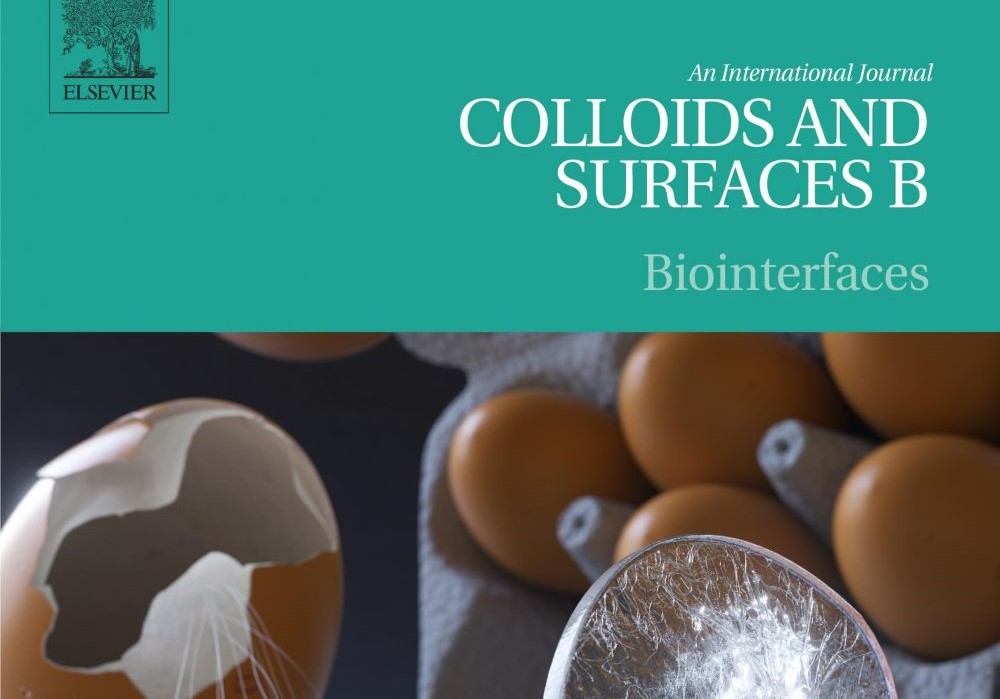by
Kozon-Markiewicz, D.; Kopiasz, R. J.; Głusiec, M.; Łukasiak, A.; Bednarczyk, P.; Jańczewski, D.
Understanding the mechanism by which an antibacterial agent interacts with a model membrane provides vital information for better design of future antibiotics. In this study, we investigated two antibacterial polymers, hydrophilic C0-T-p and hydrophobic C8-T-p ionenes, known for their potent antimicrobial activity and ability to disrupt the integrity of lipid bilayers. Our hypothesize is that the composition of a lipid bilayer alters the mechanism of ionenes action, potentially providing an explanation for the observed differences in their bioactivity and selectivity.
Calcein release experiments utilizing a range of liposomes to examine the impact of (i) cardiolipin (CL) to phosphatidylglycerol (PG) ratio, (ii) overall vesicle charge, and (iii) phosphatidylethanolamine (PE) to phosphatidylcholine (PC) ratio on the activity of ionenes were performed. Additionally, polymer-bilayer interactions were also investigated through vesicle fusion assay and the black lipid membrane (BLM) technique The activity of C0-T-p is strongly influenced by the amount of cardiolipin, while the activity of C8-T-p primarily depends on the overall vesicle charge. Consequently, C0-T-p acts through interactions with CL, whereas C8-T-p modifies the bulk properties of the membrane in a less-specific manner. Moreover, the presence of small amount of PC in the membrane makes the vesicle resistant to permeabilization by tested molecules. Intriguingly, more hydrophilic C0-T-p retains higher membrane activity compared to the hydrophobic C8-T-p. However, both ionenes induce vesicle fusion and increase lipid bilayer ion permeability.


